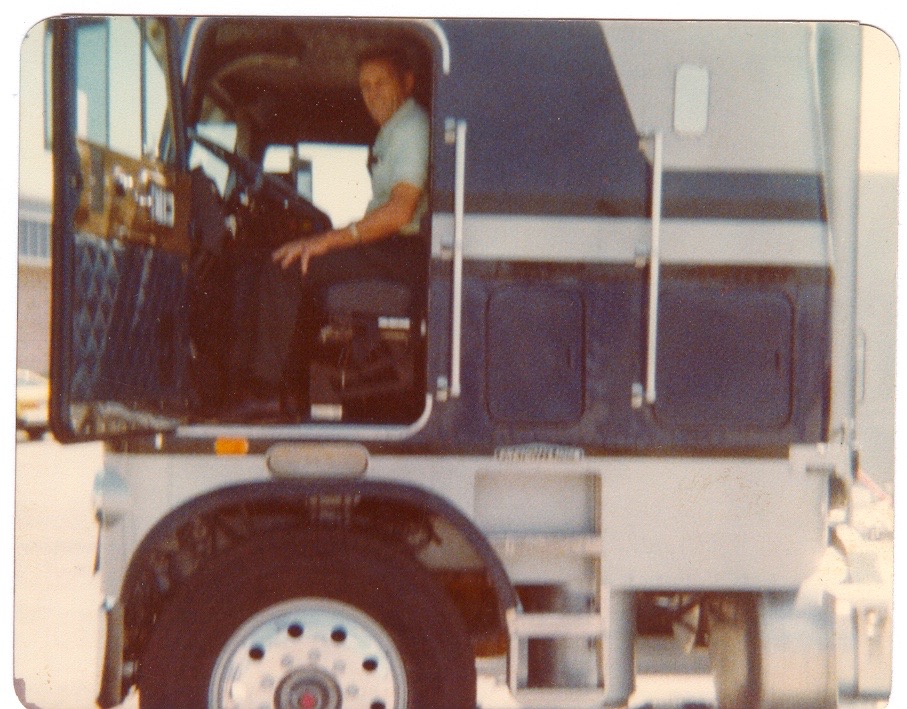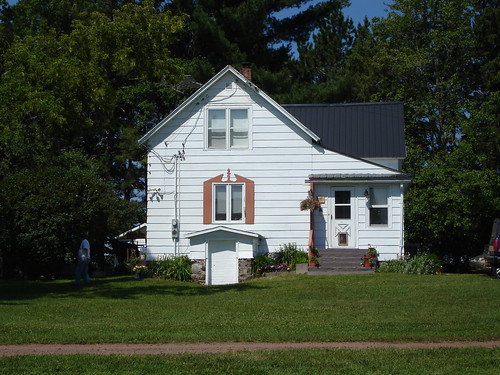A lot of people – cyclists and not – have asked me about the clothing, bike, and gear I used in the Fat Pursuit.

Given how much I’ve learned from talking with fellow racers about their systems, I thought I’d share mine.
With a couple exceptions, I’ve used the items here in several other long races, and the new items had been tested on long rides this fall and winter.
I’m not trying to name-drop with the brand info; I just want to be clear about what works for me.
And yes a lot of this stuff is expensive. I don’t think I bought a single item here at retail, though – I watch for sales, use shop/club discounts, buy on clearance, etc. Even the Buffalo, my beloved adventure partner, was bought used (albeit from a bike guy who took very good care of it).
CLOTHING
Worn Continuously (* Craft brand items)
- wind briefs*
- wicking undershirt*
- cycling shorts
- compression socks (Alchemist)
- heavyweight wool socks (Da Feet Woolie Bullie)
- upper thermal base layer*
- lower thermal base layer*
- heavyweight cycling pants (Endura MT500 – new to me this year and fantastic)
- synthetic soft shell jacket (a discontinued model from Eddie Bauer)
- wind vest (Pactimo, Salsa branded)
- wool neck gaiter
- heavyweight gloves (Outdoor Research PL 400)
- thick wool cap (45NRTH Stove Pipe)
- cycling boots (45NRTH Wölvhammer, 2014 model)
- clear-lens glasses (cheapies I bought at a gas station!)
Worn as Needed (when it was so goddamn cold)
- light down jacket (Eddie Bauer MicroTherm StormDown Hooded Jacket)
- heavyweight mittens (Outdoor Research PL 400 mitts)
- skiing headband (worn over the face to cover the nose)
- down beanie (Black Rock Gear Original – outrageously warm)
Spare Clothing (stashed in a dry bag in my seat pack and never used)
- wind briefs*
- wicking undershirt*
- compression socks
- heavyweight wool socks
- upper thermal base layer*
FATBIKE AND GEAR
Bike: the Buffalo, a 2011 Salsa Mukluk ti, size large, and far from stock.
- 1 x 11 drivetrain with a 28T chainring (the main change since my last winter ultra)
- Carver O’Beast carbon fork
- Easton carbon handlebars (metal bars are too cold!)
- 45NRTH Dillinger 5 tires (no, not tubeless)
- Surly Rolling Darryl rims
- Crank Bros. Mallet 2 pedals
- Brooks C17 saddle (given to me free by a Tour Divide racer who hated it!)
Bags and Gear
- Porcelain Rocket Mr. Fusion seatpack
- Porcelain Rocket frame bag
- Porcelain Rocket front harness and bag
- Mustache Bags handlebar bags
- Revelate Designs top tube bags – Jerry Can (at the seatpost) and Gas Tank (at the stem)
- Revelate Design Expedition pogies
- Salsa Nickless bottle cage (on downtube)
EQUIPMENT (* required items)
- front and rear safety lights* (Planet Bike Superflash Turbo)
- Revelate Designs Wampak hydration pack with a 2.5L reservoir*
- Kelty Mistral -20° sleeping bag* (in stuff sack on handlebars)
- Thermarest Original Z-Lite insulated sleeping pad* (on handlebars)
- Marmot Alpinist bivy sack bivy sack* (in stuff sack on handlebars)
- stove* (MSR WhisperLite Universal – in seatpack)
- fuel* (white gas in 22 oz. MSR bottle, with pump installed – inside dry bag in downtube bottle cage)
- cooking pot* (16 oz. – in seatpack)
- lighter and matches* (inside pot, in seatpack)
- spare lithium batteries* (12 AAs, 12 AAAs – all in handlebar bag)
- emergency headlamp (in handlebar bag)
- SPOT Gen3 locator beacon* (strapped to seatpack)
- Garmin eTrex 30 GPS unit (on handlebars)
- headlamp* (Princeton Tec Apex 350 – my door prize from my first Fat Pursuit!)
- headlight (P-Tec Apex on a BarYak Snowe Owle bracket fixed to to a Minoura SWG-400 light holder – a rock-solid setup that gets the light beam up and over the sleeping bag!)























































